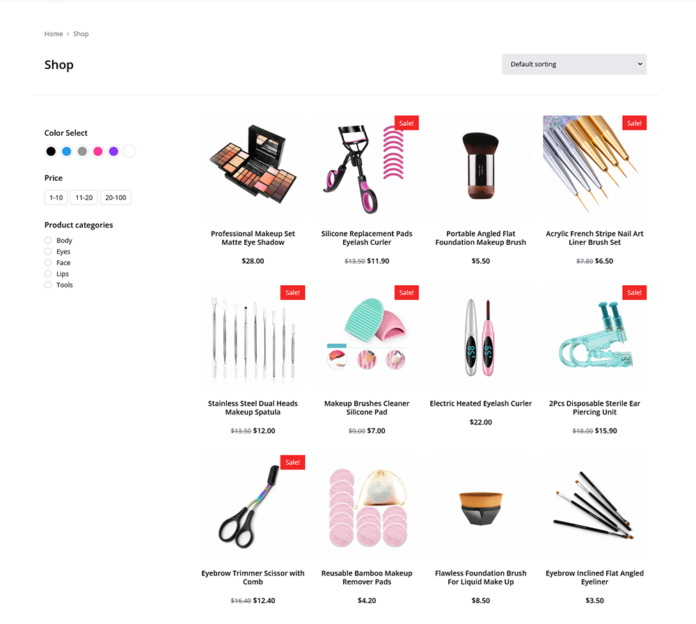Table of Contents
Introduction:
The Prime Minister’s Employment Generation Programme (PMEGP) is a remarkable credit-linked subsidy scheme initiated by the Government of India. Its primary objective is to promote self-employment opportunities and generate employment opportunities in both rural and urban areas across the country. Under the stewardship of the Ministry of Micro, Small and Medium Enterprises (MSME), the PMEGP program has become a catalyst for empowering individuals and nurturing entrepreneurship.
Objectives of PMEGP:
The PMEGP scheme is designed to achieve several significant objectives. Firstly, it aims to promote self-employment opportunities, encouraging individuals to take charge of their destinies by establishing their own micro-enterprises. Secondly, it focuses on generating employment opportunities, particularly for educated unemployed youth and women who often face challenges in finding suitable jobs. Thirdly, the program strives to foster the growth of micro-enterprises in both the manufacturing and service sectors, contributing to overall economic development.
Implementation of PMEGP:
The implementation of PMEGP is carried out through dedicated agencies. The Ministry of MSME oversees the program, while the Khadi and Village Industries Commission (KVIC) and the District Industries Centre (DIC) play crucial roles at the national and state levels, respectively. Together, they ensure the efficient disbursement of financial assistance in the form of subsidies and bank loans to eligible entrepreneurs.
Eligibility and Financial Assistance:
PMEGP focuses on specific categories of beneficiaries, including educated unemployed youth, women, and individuals from special categories such as SC/ST/OBC/minorities/ex-servicemen/physically handicapped. Geographical regions are also considered, with special provisions for North Eastern Region and Special Category States. Interested applicants are required to submit detailed business proposals, which undergo evaluation to determine eligibility for financial assistance. The approved candidates receive subsidies or margin money, along with bank loans, to support the establishment of their micro-enterprises.
The eligibility criteria for the Prime Minister’s Employment Generation Programme (PMEGP) are as follows:
Age: The minimum age requirement is 18 years at the time of applying for the scheme.
Educational Qualification: There is no specific educational qualification required to be eligible for PMEGP. However, priority is given to individuals with higher educational qualifications.
Citizenship: Applicants must be Indian citizens.
Category of Beneficiaries: PMEGP provides support to different categories of beneficiaries, including:
a. General Category: Individuals from the general category can apply for the scheme.
b. Special Category: This includes specific categories such as Scheduled Castes (SC), Scheduled Tribes (ST), Other Backward Classes (OBC), minorities, ex-servicemen, physically handicapped individuals, and women.
c. Geographical Regions: There are provisions for North Eastern Region (including Sikkim) and the Special Category States (Himachal Pradesh, Jammu & Kashmir, and Uttarakhand).
Entrepreneurial Experience: Preference is given to individuals with prior experience in the proposed business activity. However, newcomers with innovative ideas and potential are also encouraged to apply.
It’s important to note that meeting the eligibility criteria does not guarantee approval for the PMEGP scheme. The evaluation process considers various factors, such as the viability and feasibility of the business proposal, the market potential of the proposed activity, and the applicant’s capability to run the enterprise successfully.
To apply for PMEGP, interested individuals need to submit a detailed business proposal to the relevant implementing agency, such as the Khadi and Village Industries Commission (KVIC) at the national level or the District Industries Centre (DIC) at the state level. The proposal should outline the business idea, financial projections, and other relevant details.
It is advisable to check the official PMEGP guidelines and consult with the implementing agencies for the most accurate and up-to-date information regarding eligibility and application procedures, as these may be subject to change.
You Might Also Like:
Supported Activities:
PMEGP encompasses a wide range of activities in its scope. It encourages the setup of small-scale manufacturing enterprises, which contribute to industrial growth and job creation. Additionally, it supports service-oriented ventures, recognizing the potential of sectors such as information technology, hospitality, healthcare, and more. The program also places significant emphasis on preserving traditional and rural crafts, offering opportunities for artisans to develop and market their skills.
Implementation Process and Impact:
The implementation process of PMEGP involves a comprehensive evaluation of business proposals, ensuring transparency and accountability. Once approved, the financial assistance is disbursed to the beneficiaries, and ongoing monitoring and support mechanisms are put in place to ensure the success of the ventures. Over the years, PMEGP has witnessed numerous success stories, with entrepreneurs transforming their dreams into thriving businesses. The program’s impact is reflected in the significant employment generation, contributing to the overall socio-economic development of the country.
Conclusion:
The Prime Minister’s Employment Generation Programme (PMEGP) stands as a testament to the Indian government’s commitment to promoting self-employment and fostering entrepreneurship. By providing financial assistance, guidance, and support, PMEGP empowers individuals to realize their entrepreneurial ambitions and become engines of economic growth. As the program continues to create sustainable employment opportunities and uplift communities, PMEGP remains a beacon of hope for aspiring entrepreneurs across India, propelling the nation towards a brighter future.







